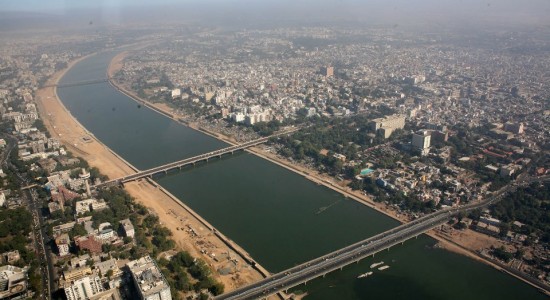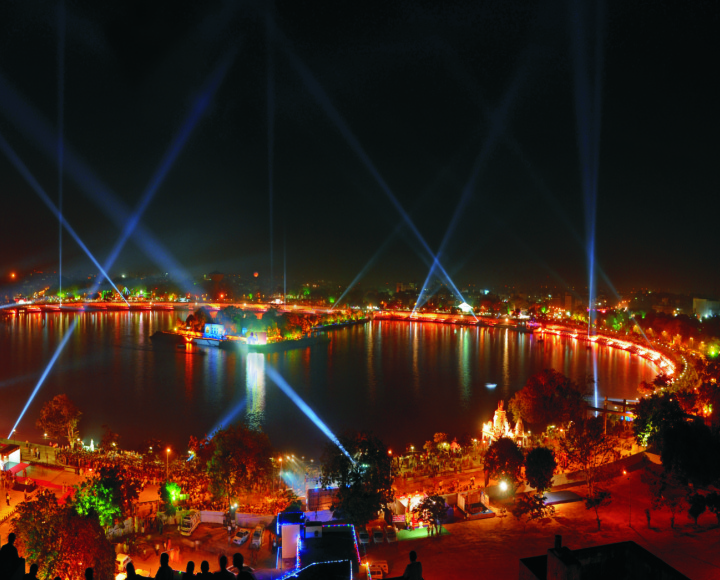Today Ahmedabad city has completed 604 glorious years. Ahmedabad is the largest city in the state of Gujarat. It is located in western India on the banks of the River Sabarmati. The city served as political as well as economical capital of the region since its establishment. The earliest settlement can be recorded around the 12th century under Solanki dynasty rule. The present city was founded on 4 March 1411 by Ahmed Shah I of Gujarat Sultanate as a new capital. Under the rule of sultanate (1411–1511) the city prospered followed by decline (1511–1572) when the capital was transferred to Champaner. For next 135 years (1572-1707), the city renewed greatness under the early rulers of Mughal Empire.

Ahmedabad is the largest city and former capital of the western Indian state of Gujarat. Ahmedabad needs no more introduction as it is world famous city for its people, celebrations and tasty food. Sultan Ahmed Shah renamed ‘Karnavati’ to Ahmedabad which is also known as Amdavad.

King Karandev 1, the Solanki Ruler, had waged a war against the Bhil king of Ashapall or Ashaval. After his victory Karandev established the city called “Karnavati”. This Hindu kingdom of Karnavati retained its importance till early 15th century when Gujarat fell to the Muslim Sultanate. In 1411 Sultan Ahmed Shah conquered Karnavati, and after his name Karnavati was renamed to Ahmedabad. The city was built in open and spacious plane to the East of Sabarmati. It compromised of smaller known Fort as Bhadra Fort. The city fort wall was enclosed containing 12 Gates. The city of Ahmedabad went on expanding in every direction by the addition of new areas on both the sides of the river. And with the well laid out beautiful buildings, lakes and mosques.

The city suffered due to political instability (1707-1817) under late Mughal rulers followed by joint rule between Maratha and Mughal. The city further suffered following joint Maratha rule. The city again progressed when politically stabilized when British East India Company established the rule in the city (1818-1857). The city further renewed growth when it gain political freedom by establishment of municipality and opening of railway under British crown rule (1857–1947).

Following arrival of Mahatma Gandhi in 1915, the city became centre stage of Indian independence movement. Many activists like Sardar Patel served the municipality of the city before taking part in the movement. After independence, the city was a part of Bombay state. When Gujarat was carved out in 1960, it again became the capital of the state until establishment of Gandhinagar in 1965. Ahmedabad is also the cultural and economical centre of Gujarat and the seventh largest city of India.





